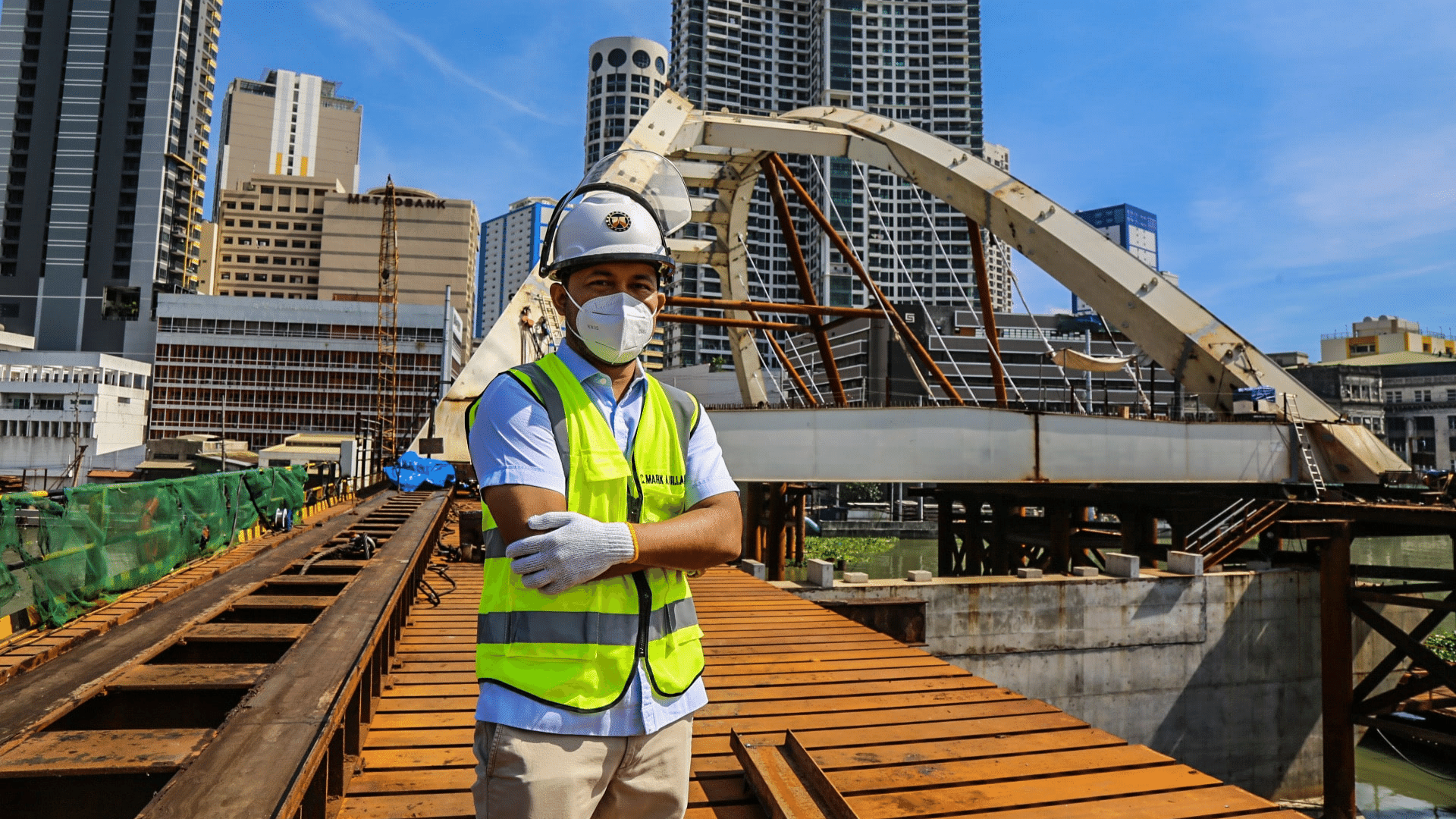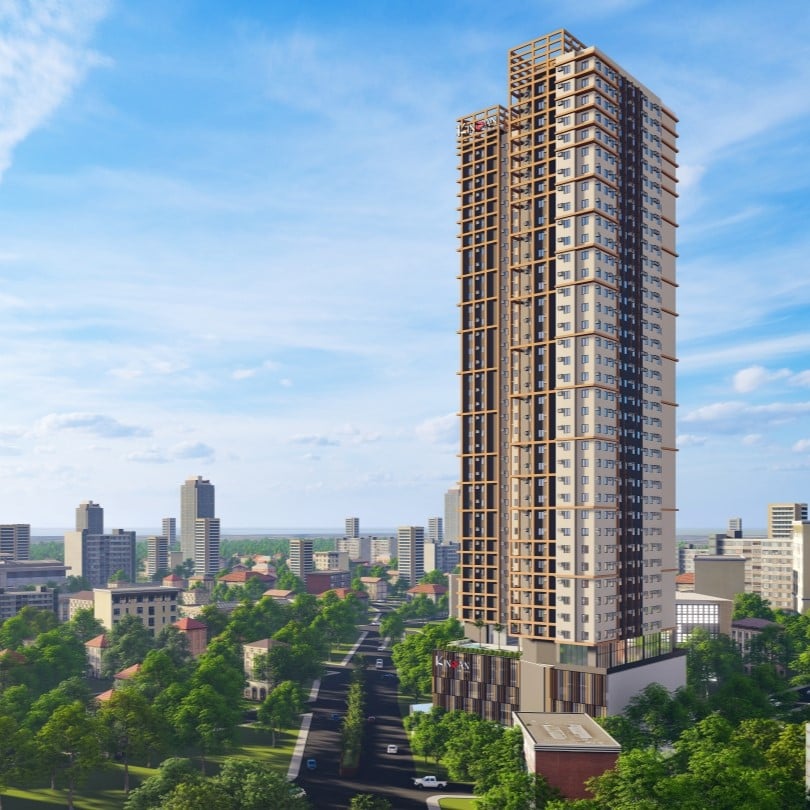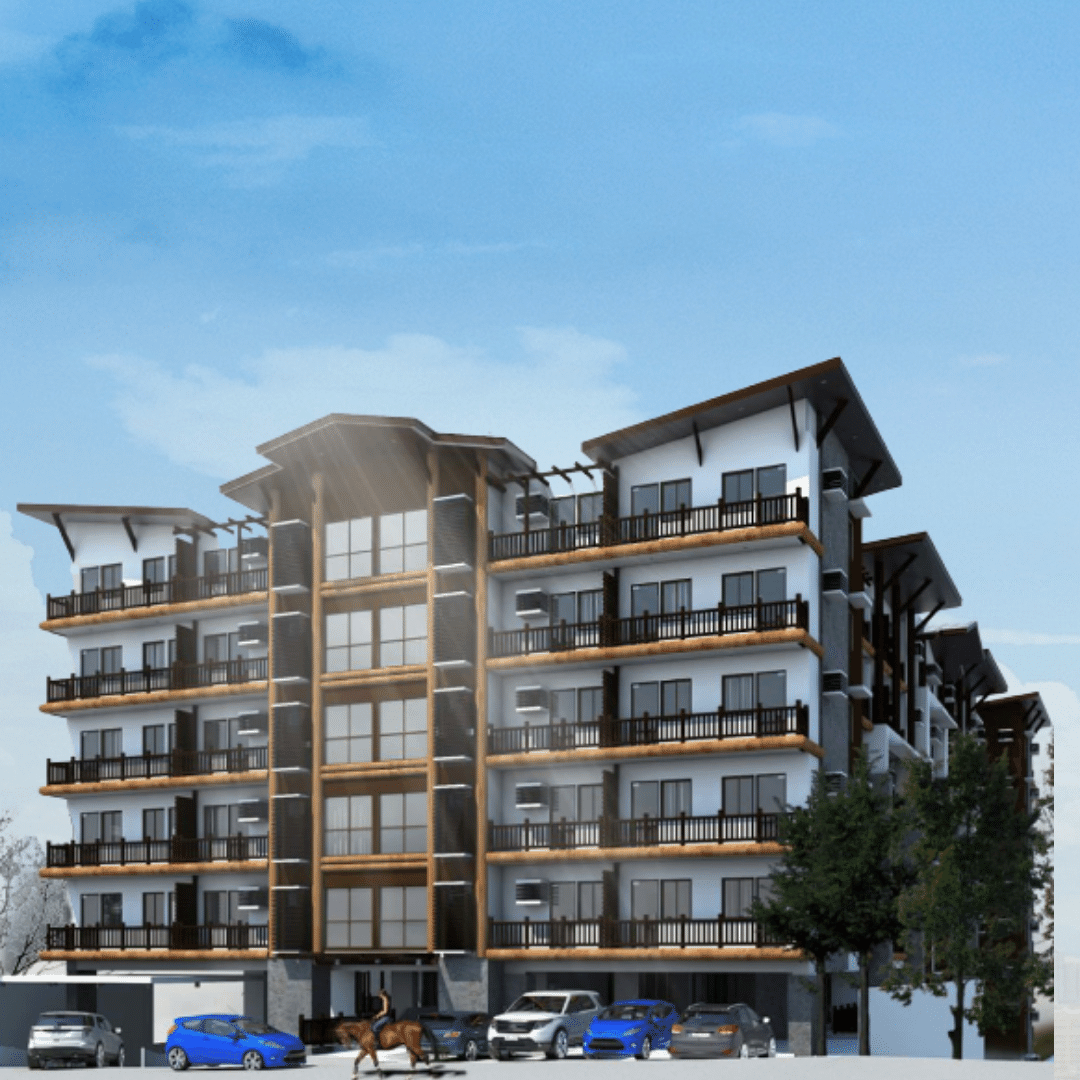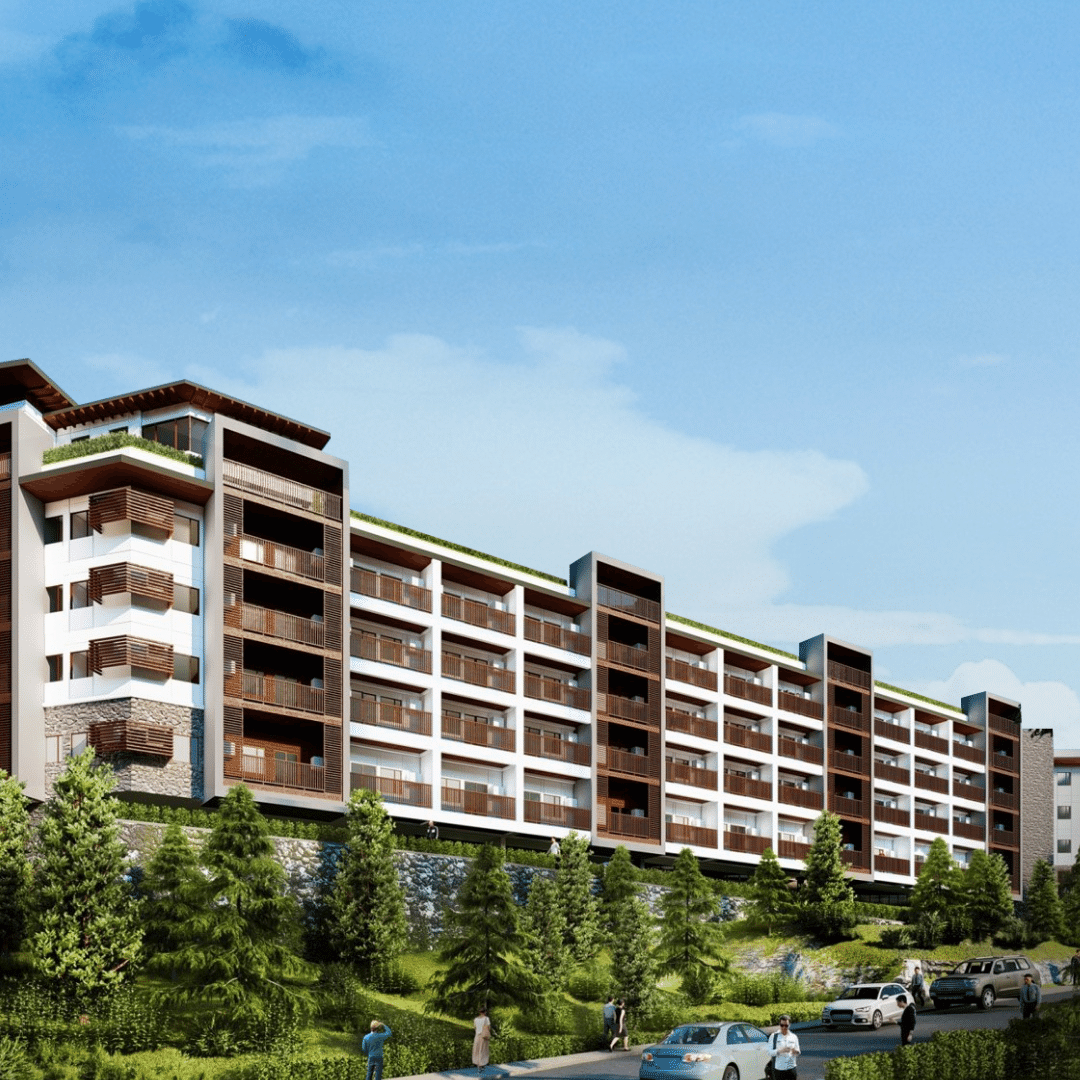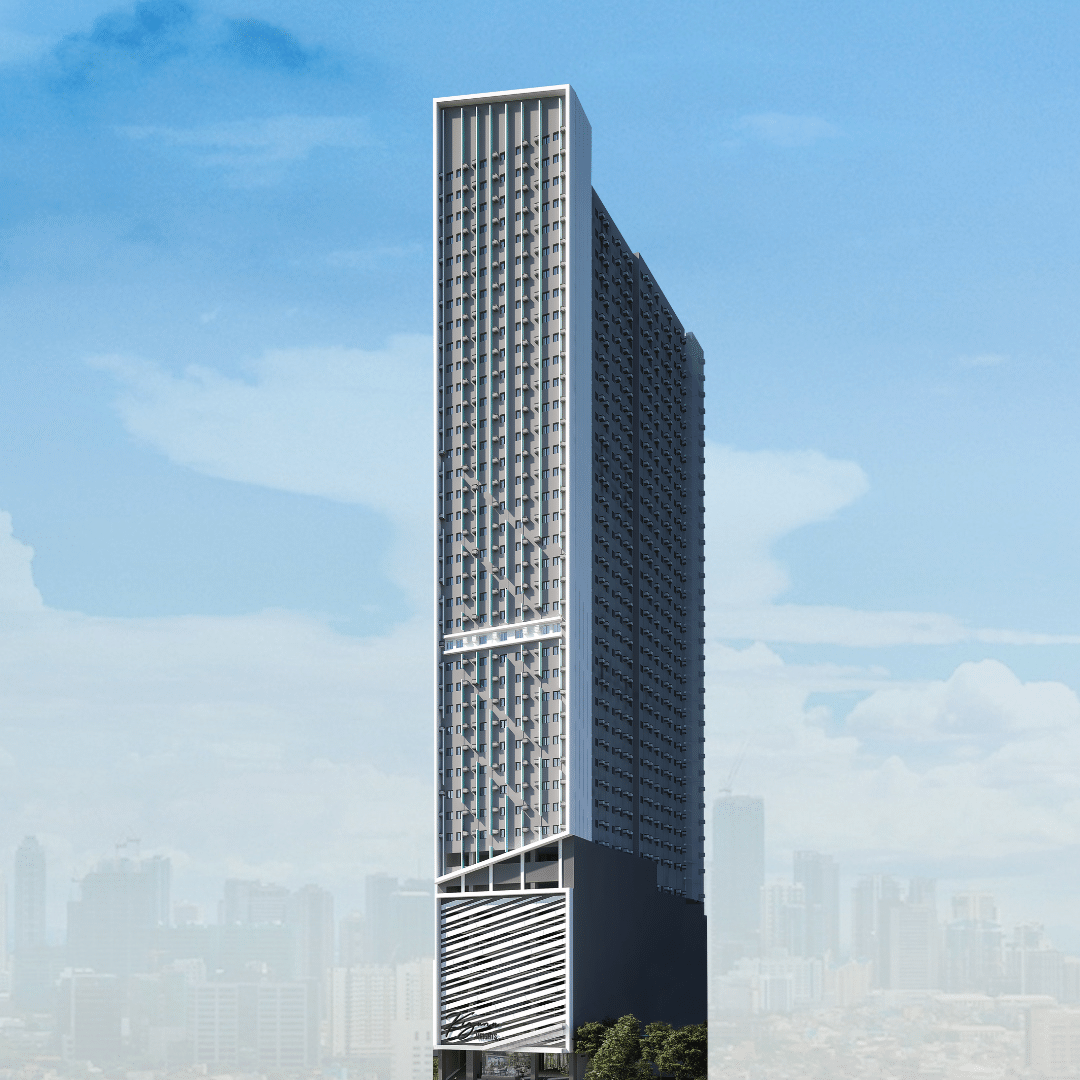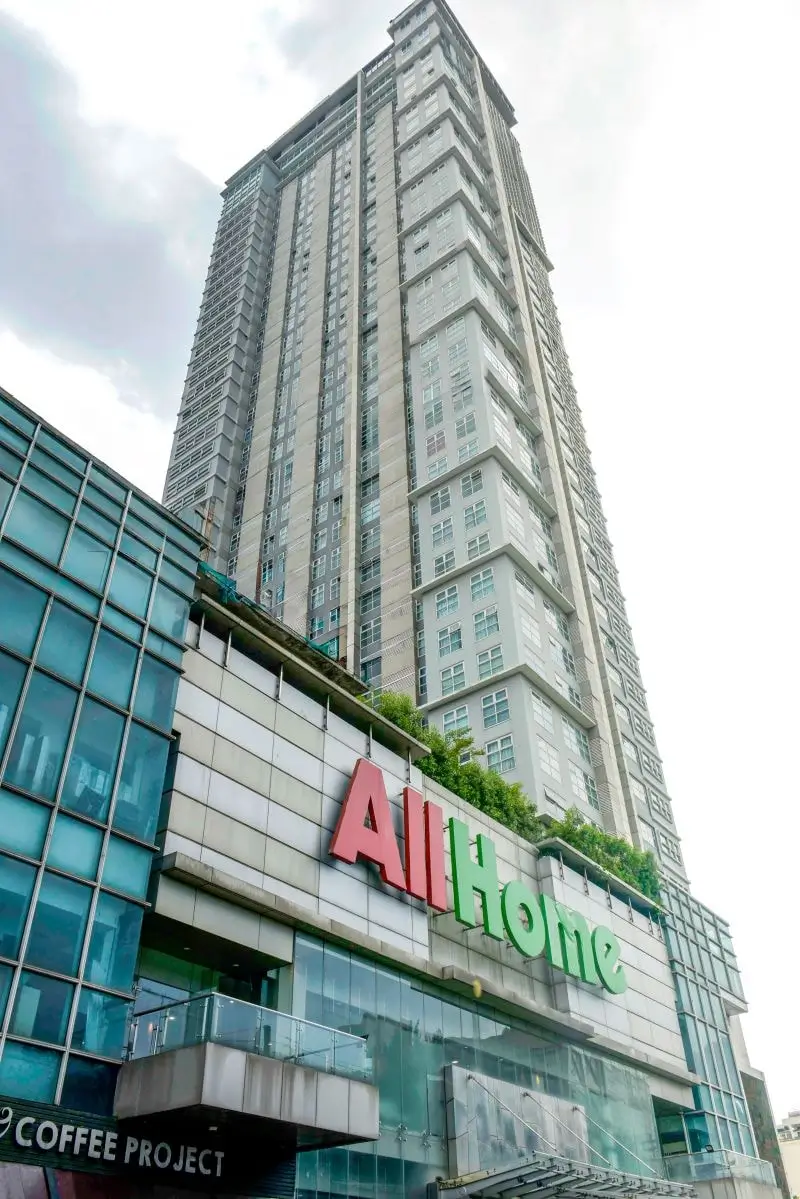Mark Aguilar Villar, also known as the "Silent Worker," is a Filipino politician, and businessman with his family's real estate firms from condominiums to houses, retail industry, and other businesses served as the Representative of Las Pinas in the Philippine House of Representatives before becoming Secretary of Public Works and Highways. He was elected to Congress in the Lone District of Las Pinas City in 2010, where one of his well-known schemes, the Las Pinas Livelihood Program, was implemented. As a result of this program, Las Pinas was recognized as one of Metro Manila's fastest-growing communities, which is in line with the city's vision of (1) expanding public services, (2) recognizing the importance of Metro Manila's history and culture, and (3) responding to the call of rapidly changing times to improve service quality. The following are some of the programs that contribute to the betterment of the city and the country:
Education
Everyone should have access to education as one of their basic needs and rights. For Las Pinas, care and support are an equal and crucial part of schooling. Therefore, the "Educare" program, which was founded with the help of Nene Aguilar, was created and implemented to provide underprivileged students in the city with a better start. Every year, almost 2,000 young children benefit from this initiative, which provides free milk and nourishing meals to Nursery students. Students in primary and secondary school are provided with free uniforms and school supplies. Through personnel takings done by the Aguilar administration since 1995, this program assures that the people of Las Pinas are provided and trained with useful skills. Electronics, dressmaking and tailoring, stuffed toy making, driving, radio-TV repair, computer instruction, and other entrepreneurial skills are among the training courses available. Each year, around 2,000 locals and out-of-school youths receive training. Additionally, manpower training and livelihood centers, as well as satellites, are spread across the barangays of Las Pinas.
Manpower Training Development and Employment
Following education, people are trained to improve their skills and abilities in which the Aguilar administration has implemented personnel training programs since 1995 to ensure that the residents from Las Pinas are equipped with basic and necessary skills. Every year, more than 2,000 members benefit from the Manpower Training and Livelihood Centers and its satellite offices in the barangays. Electronics, dressmaking and tailoring, stuffed-toy making, driving, radio-TV repair, computer instruction, and other entrepreneurial skills are among the training courses available. Strengthening Public Employment Services Offices (PESO) for job recommendations and job fairs guarantees that students' newly acquired abilities are put to good use and that they are gainfully employed after graduation.
Relevant livelihood programs were then initiated to help the residents become economically self-sufficient and future entrepreneurs. Prior to the campaign, the majority of the women in the communities were essentially housewives with no source of income. In which training like reflexology, food processing, stuffed toy making, and such were given to be able to help alleviate the situation of women. This project then empowered women and housewives to become self-sufficient and powerful, demonstrating that poverty is not a hindrance to achieving one's goals.
Urban Poor Renewal and Development
When the city of Las Pinas set out to create homes for 36,710 homeless families in under ten years, it was well aware of the challenges it would face. The project began in 1995, and detractors bemoaned the fact that it was a noble but impractical undertaking, given the limited resources and short time frame. Despite this contradiction, the city received a Galing Pook Award in 2008 for its outstanding efforts to improve the living conditions of the city's informal settlers through its Land and Shelter for the Homeless Program. The program focuses on a variety of dimensions of human development in order to address poverty alleviation from a holistic perspective, allowing citizens to live better lives while maintaining their dignity and self-esteem. Land titles and good houses were given to the recipients' families, allowing them to live in an environment that promotes their complete development. The constant upgrading of infrastructures, such as new roads, drainage systems, water supply, school buildings, health facilities, and daycare centers, allows the urban poor renewal and development program to prosper. The city government provides a solid support system for homeowners, allowing them to improve their quality of life in their neighborhoods.
Clean and Green
As global warming and climate change occur globally, particularly in the Philippines, Las Pinas has maintained its environmental position in protecting the environment along with its growth from a backwater municipality to one of the metro's prosperous communities. On August 28, 2019, Mark Villar, announced the completion of a P120.76-million flood control project in Las Pinas City that safeguards homes from spilling water from the Las Pinas River. According to Villar, this project allows smooth water flow and flood prevention in adjacent regions and barangays. Along with this initiative, there are tree-planting projects and open space landscaping to give the cityscape a greener aspect. Within the city, it has also established a Plant Nursery and Orchidarium. The city was then awarded the title of "Cleanest and Greenest City in Metro Manila" for three years in a row, from 1997 to 1999. It has also received international attention as a United Nations Environmental Program Awardee.
Apart from cleaning up the Las Pinas-Zapote River, Mark Villar also offered coconut and waterlily livelihoods to the people, with coco coir being used as nets to the length of the riverbanks. This effective natural solution to prevent flooding is 80 percent less expensive than conventional plaster methods like cement and stone, and it also helps to prevent soil erosion. The demand for the coconut net has expanded as a result of these various uses, providing a source of income for a number of Las Pinas inhabitants who weave the coco coir into nets. Meanwhile, water lilies are being turned into handicrafts, utilized to start livelihood projects, and used as an excellent tool to rebuild the communities that they originally harmed because they were one of the causes of the congested river.
Roads and Infrastructure
Since infrastructure is Mark Villar's area of expertise, one well-known project that he supported and examined was the C5-Southlink Expressway, which connects Paranaque, Las Pinas, Pasay, and Taguig. This project provides: (1) smooth travel for motorists from north to south and vice versa; (2) decreases the typical two-hour travel time on C5 roads down to about 15 minutes, and (3) a viable alternative to reach Metro Manila's major airport Ninoy Aquino International Airport (NAIA), Makati City and Bonifacio Global City business districts, major educational institutions, and residential areas via C5.
Moreover, there's also a project in Manila that connects Binondo and Intramuros to have an efficient way to bridge both places and convenient for every motorist especially tourists who want to explore Manila City.
Vista Residences Inc.
Mark Villar started his career as the managing director of Vista Land & Lifescapes Inc., the country's largest homebuilder and most prominent integrated property developer. The Las Pinas programs were adopted by Vista Land as part of the company's Corporate Social Responsibility. Jobs and livelihood programs include coco net weaving and waterlily gardening, which produces organic fertilizer, weaved blankets, charcoal briquettes, and parol.
Vista Residences is just one of Vista Land’s condominium development subsidiaries in which its developments were dispersed in all parts of the Philippines: Baguio, Cagayan De Oro, Cebu, Makati, Mandaluyong, Manila, Pasig, Quezon City, Taguig, and more. Mark Villar was in charge of roads and infrastructures as the demands of a burgeoning suburban population and high-tech industry locators drove the rapid construction of an industrial growth corridor such as Metro Manila Skyway Stage 3 which stretches from Buendia, Makati City, to the North Luzon Expressway in Balintawak, Quezon City, Manila-Cavite Toll Expressway in C-5 South Link Expressway, Southeast Metro Expressway in C-6, BGC-Ortigas Center Link Road Project, Metro Cebu Expressway, Cagayan De Oro Coastal Road, and such.
During this time of the pandemic, the RT-PCR equipment was donated by San Miguel Foundation, through Mark Villar's intercession, to aid the government's effort to increase COVID testing, particularly for inhabitants of Las Pinas and other areas in Metro Manila's south. He was also in charge of the construction of the LIGTAS-3 Center in Brgy Almanza to cater to confirmed, suspected, and probable mild COVID-19 cases. Additionally, he also handed over 27 container vans that had been converted into a 96-bed modular hospital to the city government of Las Pinas.
These are only a few of Mark Villar's endeavors; these initiatives and projects contributed to the progress of Las Pinas and the country by honing and prioritizing the people's education, health, and employment in every community. He truly made his effort mark an indelible impression not only on infrastructures but also on the hearts of every citizen to whom he extended a hand.
For more information on Vista Residences, email [email protected], follow @VistaResidencesOfficial on Facebook, Twitter, Instagram, and YouTube, or call the Marketing Office at 0999 886 4262 / 0917 582 5167.
